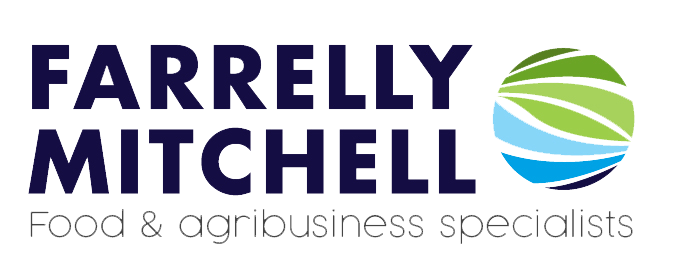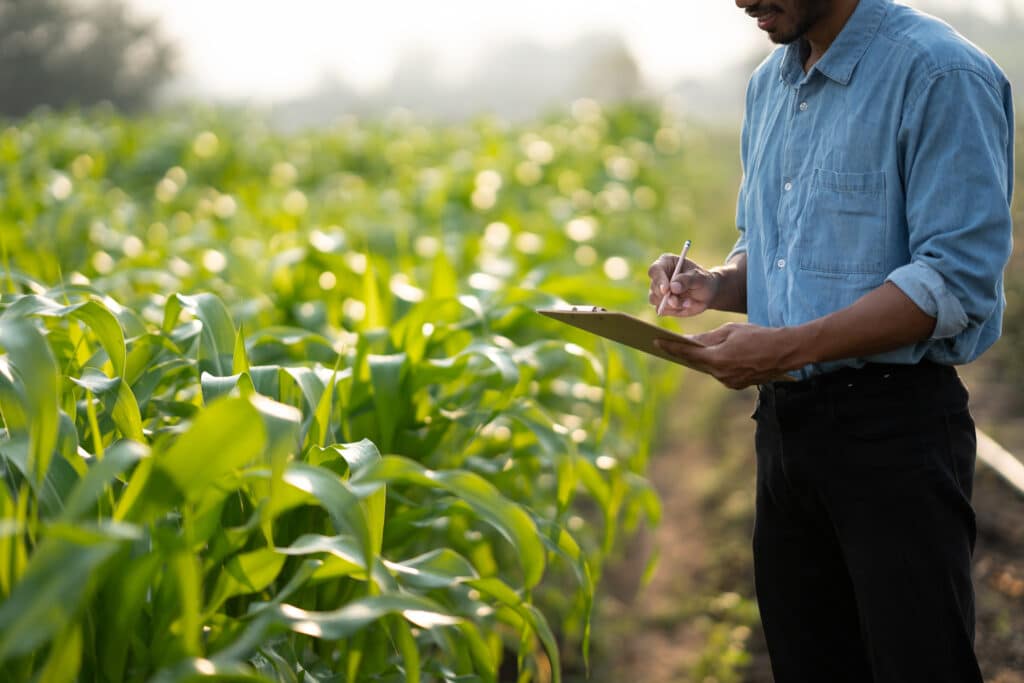How and where food is being consumed has changed dramatically in a matter of weeks. How can agri-food businesses best adapt?
Despite a rush worldwide by consumers to their local supermarket to stock up on basic food items the FAO Food Price Index fell by 3.4% in March. According to the FAO this steep decline was “…driven mostly by demand-side contractions linked to the effects of the COVID-19 pandemic and the drop in global oil prices due mostly to expectations of economic slowdown as governments roll out restrictions designed to respond to the health crisis.”
Notwithstanding March’s Index fall, demand for food can be expected to remain robust for the duration of this crisis. Indeed, for many of us working from home, resisting the urge to constantly visit the refrigerator is a struggle.
However, the food consumed and more importantly where consumers eat their food has changed profoundly in just a few weeks creating unexpected challenges for food manufacturers.
Designing robust agri-food strategies
As the food and agribusiness industry adjusts to the unforeseen impacts of the pandemic, Farrelly Mitchell stands as a partner to processors, manufacturers, retailers, and distributors looking to survive and thrive under uniquely challenging circumstances.
We support governments, multilaterals, corporates and investors in navigating trying times and maintaining the commercial and operational integrity of the agrifood industry. Our risk analysis & management services can proactively identify threats and disruptions and design agri-food strategies and business plans to address them and turn them into growth opportunities. Engage with our team today to learn more.














